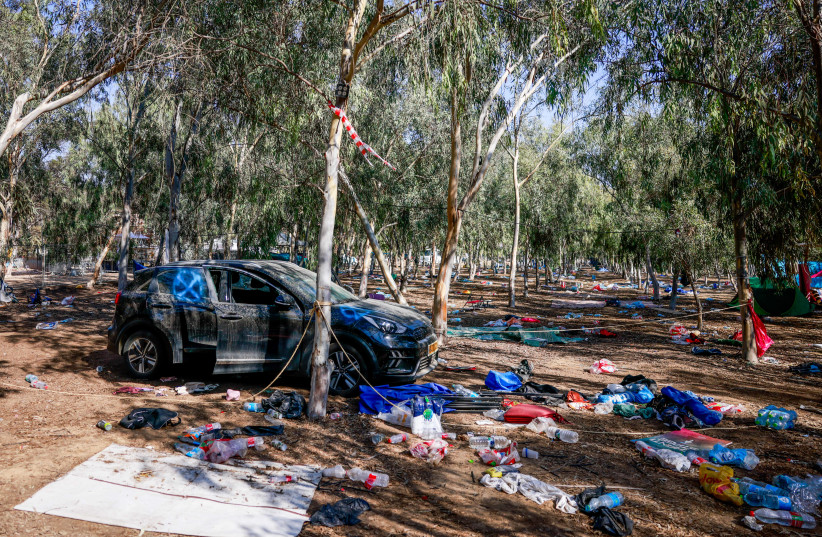Six months after Hamas's October 7 massacre, the Israeli National Information System campaign continues publishing its activities in the international arena.
This campaign's goal within the global information arena is to provide details and a clear explanation of legitimizing Israel's needs, policies, and conduct in its war against the Hamas terror organization, which included an integrated and coordinated multi-system effort to exercise advocacy and public diplomacy - using representatives and spokespeople on behalf of Israel.
The work for the international audience
According to the Israeli National Information System, about 1,500 interviews were conducted in a broadcast studio. In addition, the campaign has established a broadcasting studio for international media channels in English, Russian, and Arabic.
Additionally, other efforts as part of the hasbara campaign have been written and broadcast press throughout the world's leading media. The national information system helped initiate and promote hundreds of articles to strengthen the Israeli narrative, provide critical articles and analyses, respond to news events, and drive intensive activity to create balance in coverage of the ongoing war. Just counting the 10 leading media systems in the US and Europe, the Israeli operations room has handled over 2,600 articles so far.
Media that documents the atrocities that occurred on Israelis include in-depth articles covering the acts of sexual violence committed on October 7, dozens of interviews for leading systems in the international media involving officials, families of hostages, survivors of the October 7 massacre, and hostages who have been freed - all of which includes the BBC's apology for the false report which claimed that the IDF attacked the Shifa hospital in the first few weeks of the war.

The hasbara campaign also included more than 4,000 visits by foreign reporters coming to Israel to cover the war, making it the most publicized event since the establishment of the state. This included 824 reporters from the United States, 595 reporters from the United Kingdom, and 488 reporters from France. The reporters went on tours in the South and in the north of the country, visited the aftermath scene of the Supernova music festival, and received sectorial and strategic reviews from IDF officers, ZAKA volunteers, police, Israeli officials, and witnesses of the massacre.
Israel's National Information Center also hosts influencers from abroad for collaborations and further endorsing their advocacy. Among those hosted were "The Green Prince" Mosab Hassan Yousef, actor and comedian Michael Rapaport, and entrepreneur Julia Haart.
The information center also launched a website that presents to the world only some of Hamas' crimes against humanity, with photographs and videos from the October 7 massacre. The site was launched in preparation for the start of the hearing on the petition against Israel at the International Court of Justice in The Hague.
In the first 3 days of its operation, the website received 43 million exposures.
Furthermore, the national information system produced over 200 campaigns, which led to about 2 billion exposures to Israeli messages worldwide. This was done using billboards in different cities in the US and Europe and the spread of messages on various digital platforms and television channels.
Messages were spread on days when many eyes would be watching, such as Christmas, the ICJ Hague case, New Year's Eve, the Super Bowl, the Academy Awards, International Women's Day, and International Holocaust Day.
"We mark half a year of intense fighting in the information arena in the fight for the consciousness in the international community," said Moshik Aviv, the head of the Israeli National Information System. "Our activity will continue to be focused and determined with the goal of generating international legitimacy for Israeli defense in various areas. We will continue to fight for the truth of the State of Israel and spread it in every way."
The national information policy is determined in the military operations room - located in the Kirya in Tel Aviv, where relevant representatives from all branches of the government participate in discussions and assessments of the current conflict. A well-equipped studio that enables regular press briefings, interviews with international media officials, and the production of dedicated broadcasts, and their active partners in the initiative include the IDF, Israel Police, and government agencies such as the foreign affairs and diaspora ministries.
